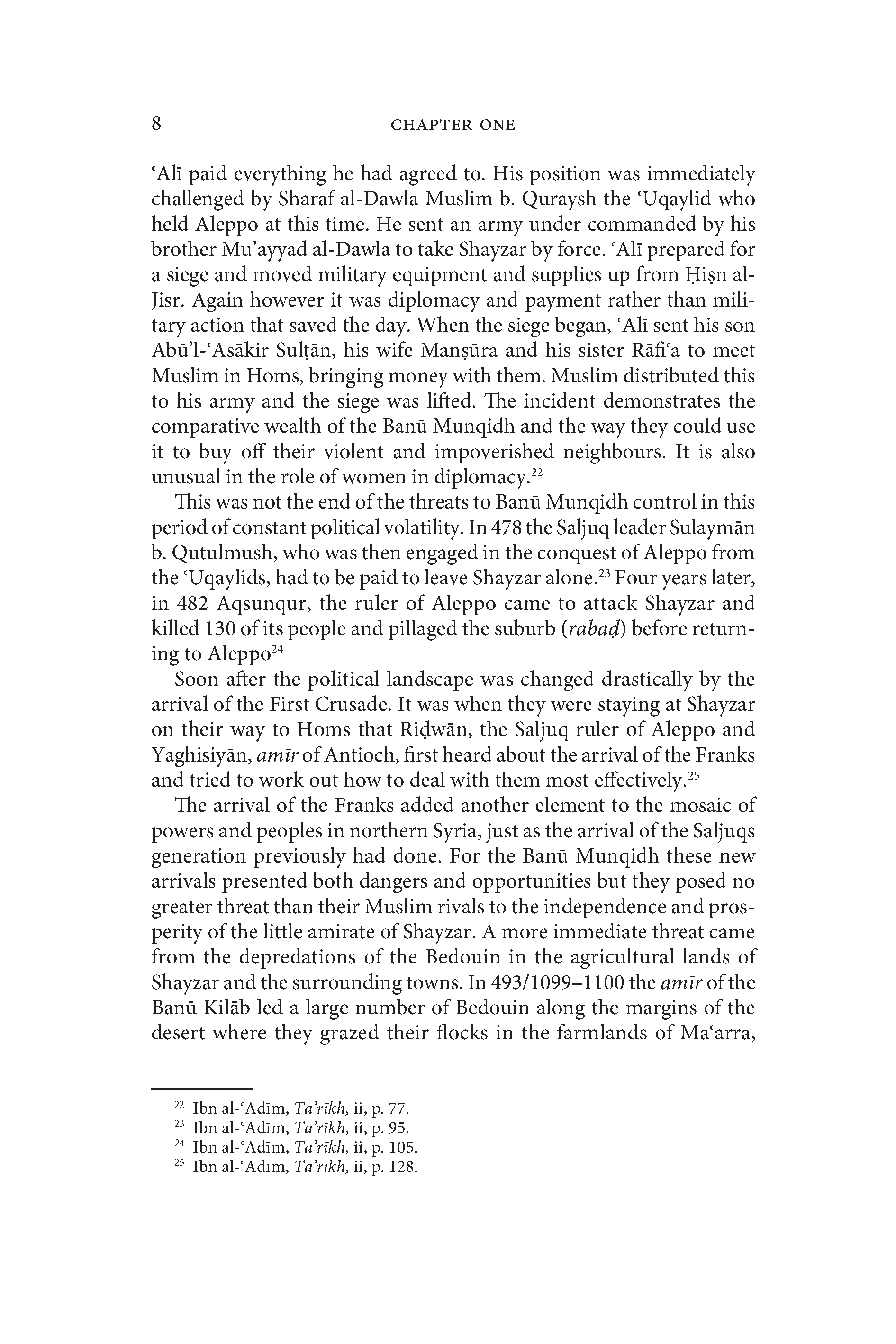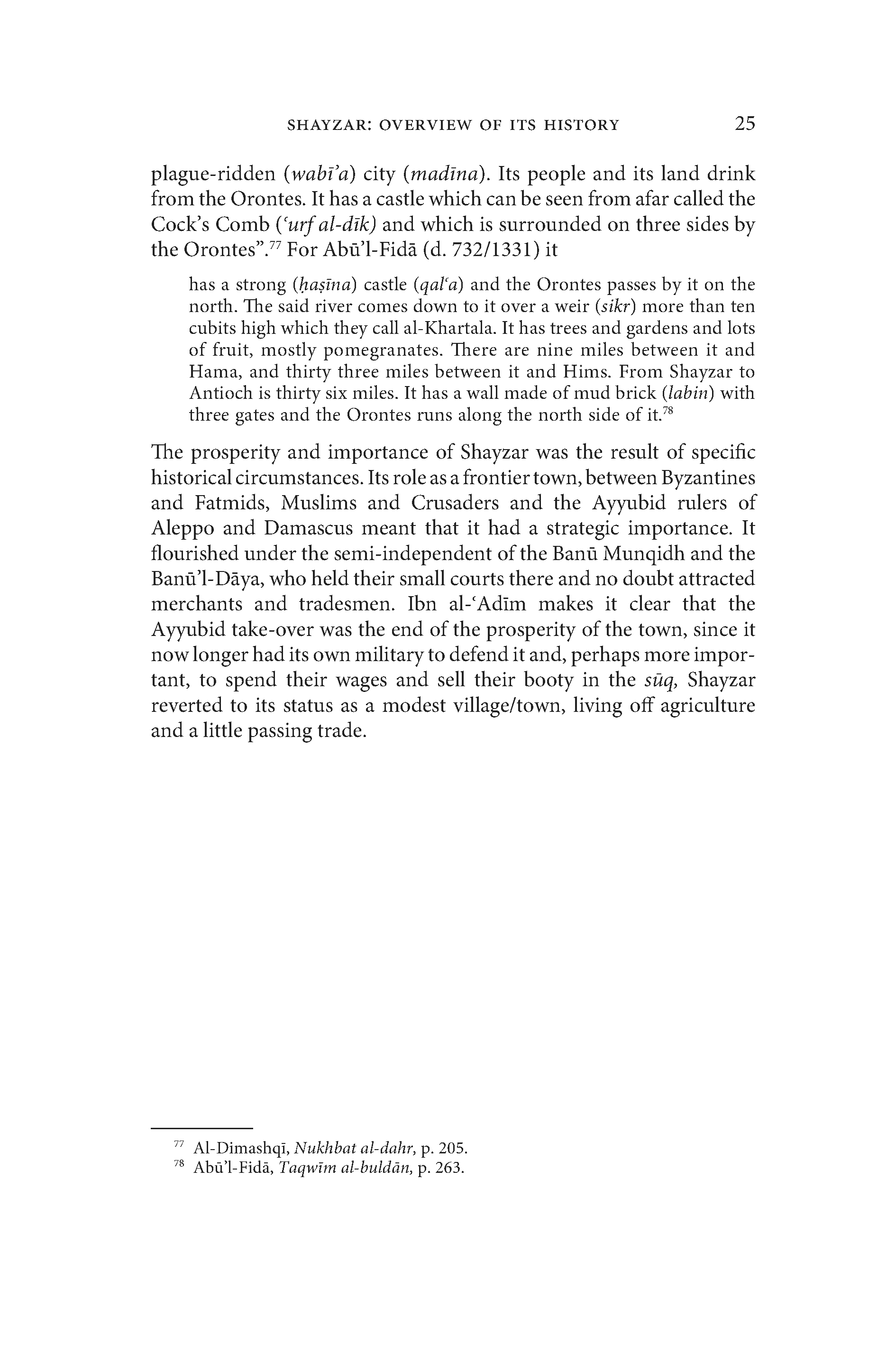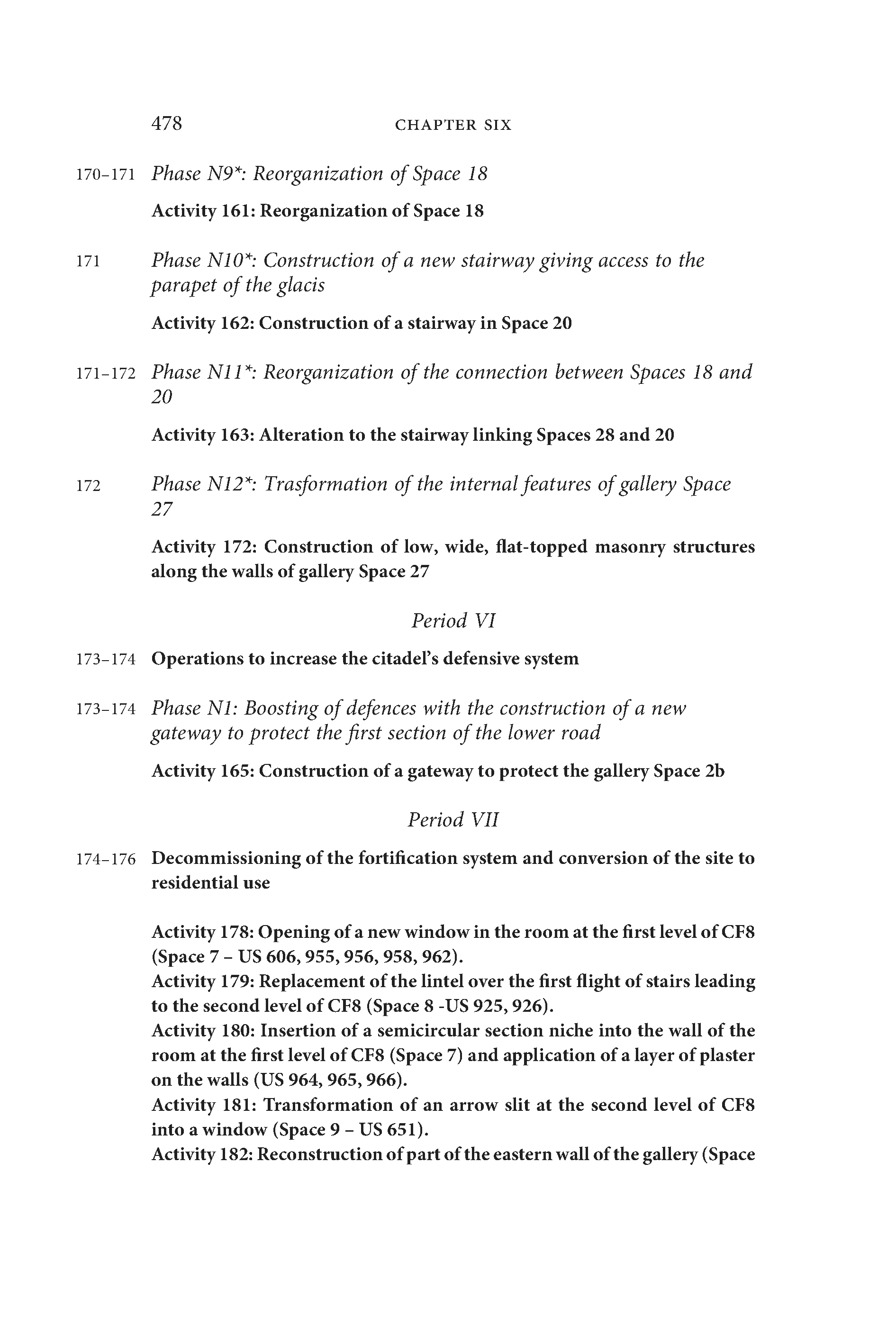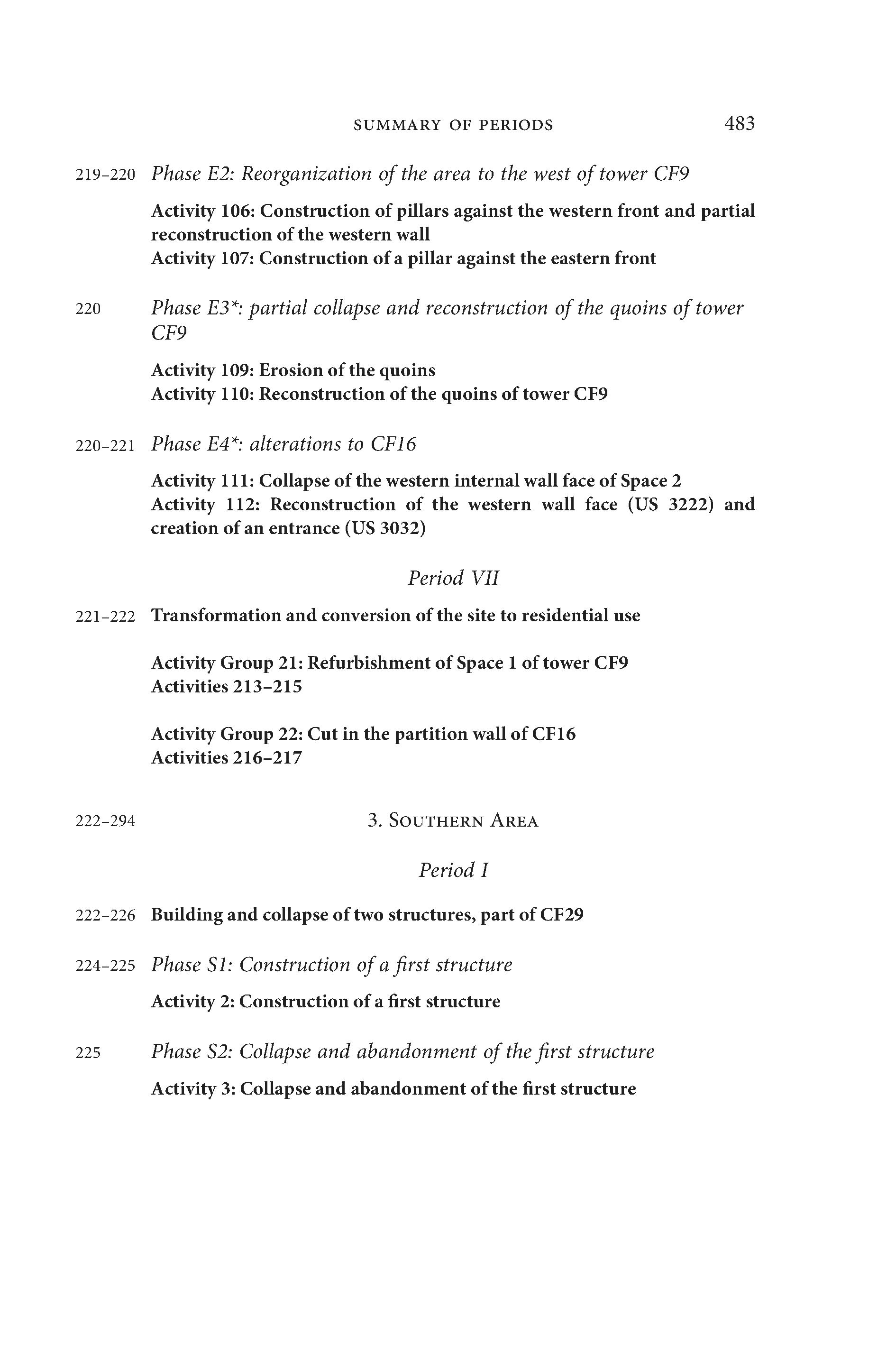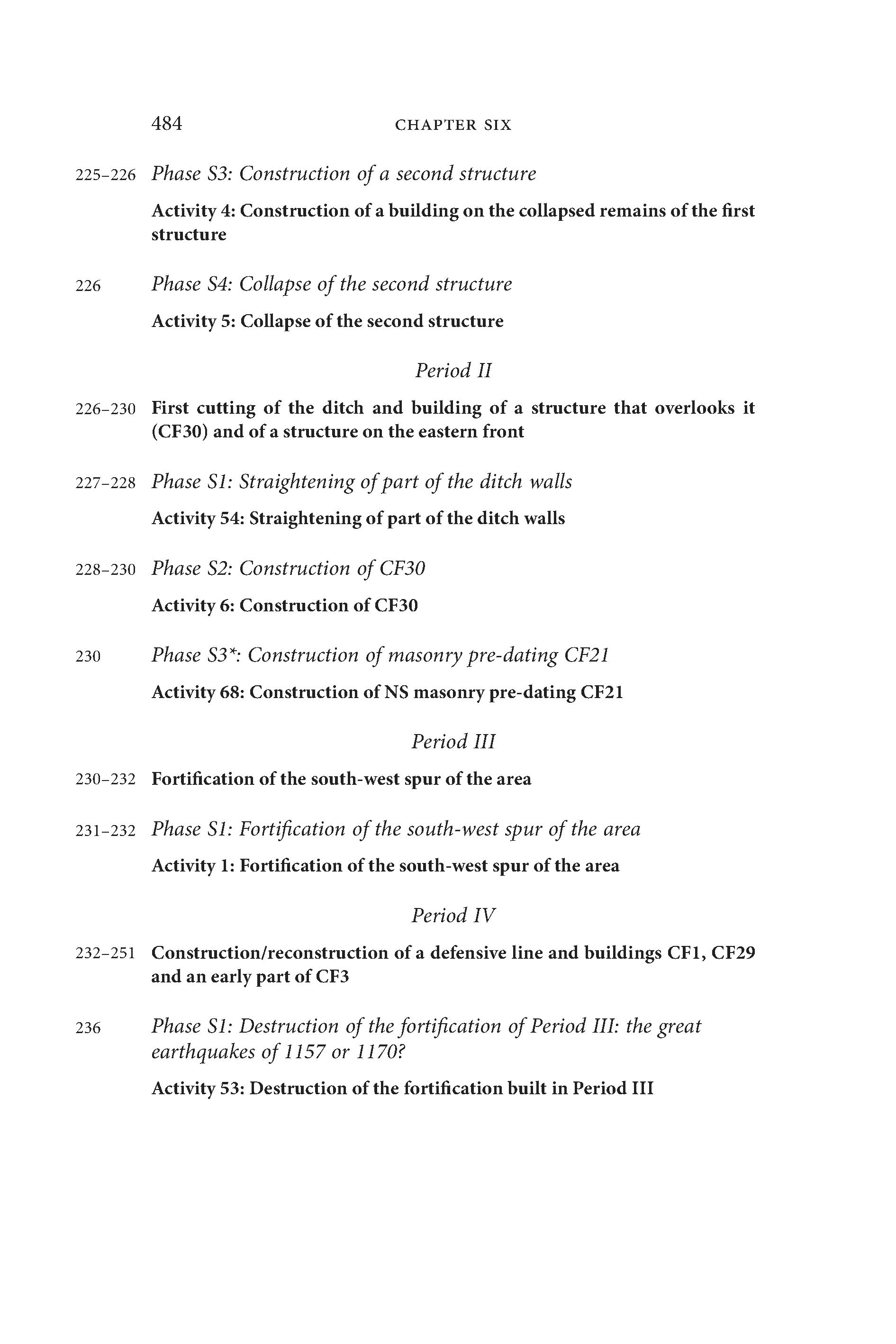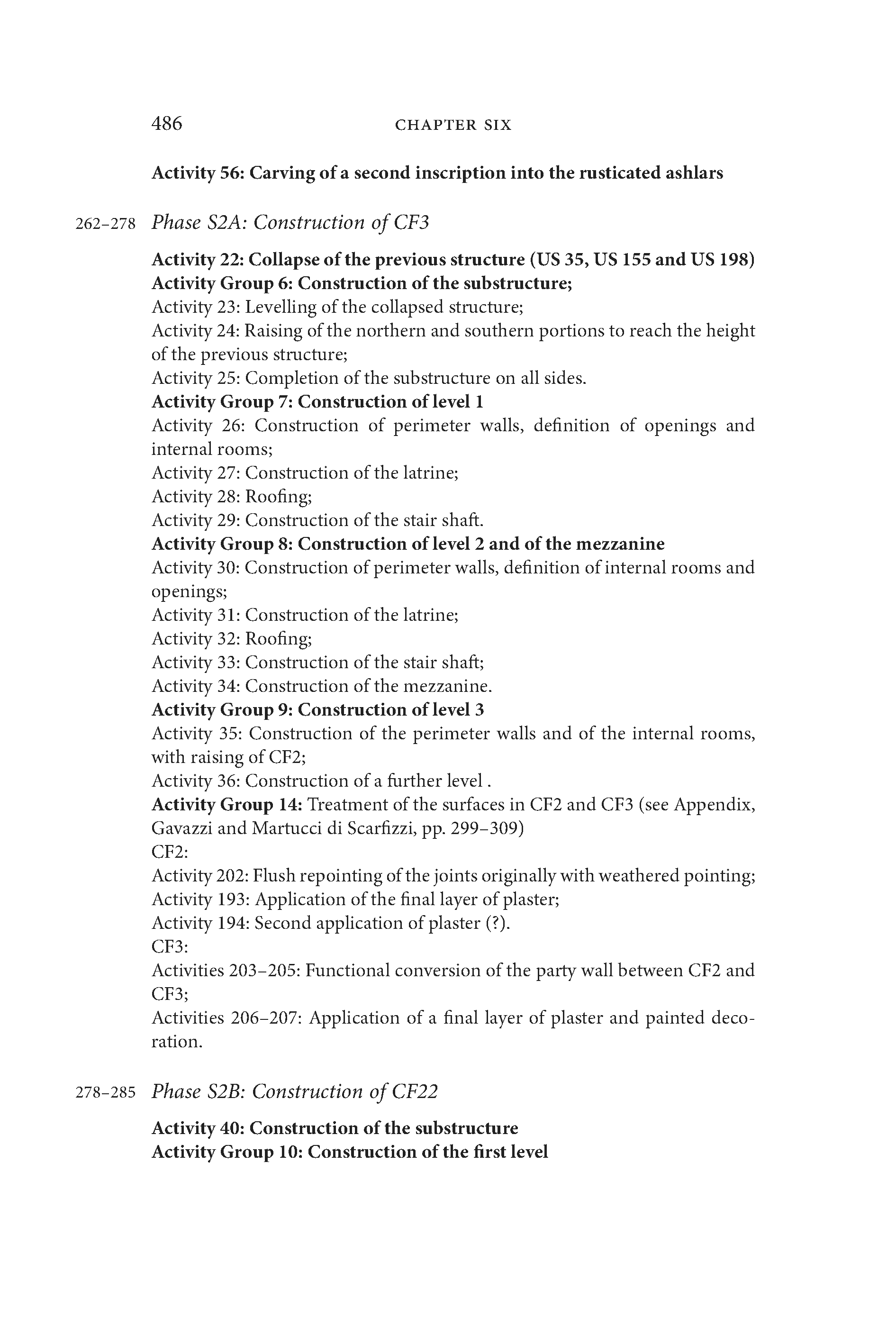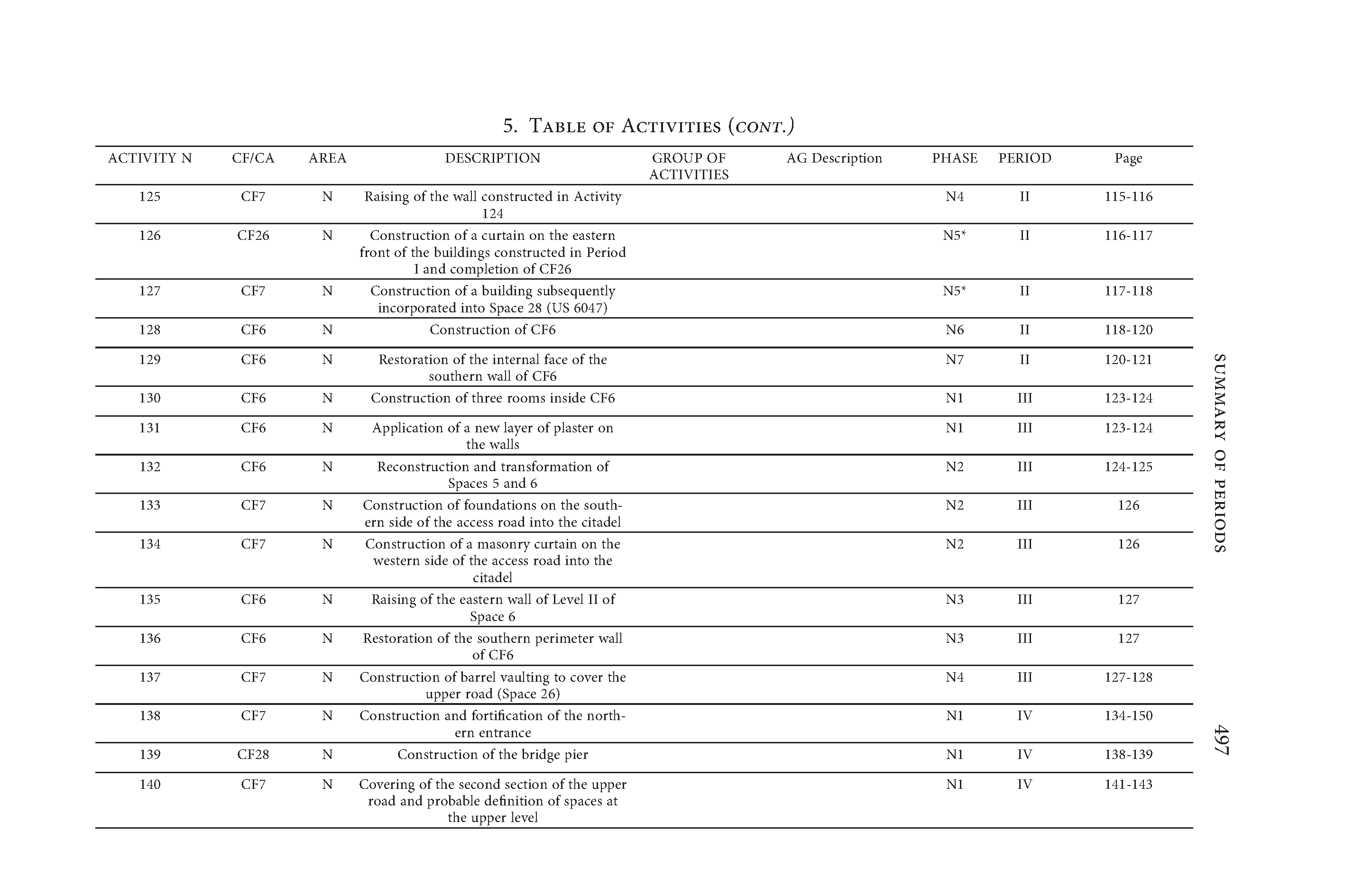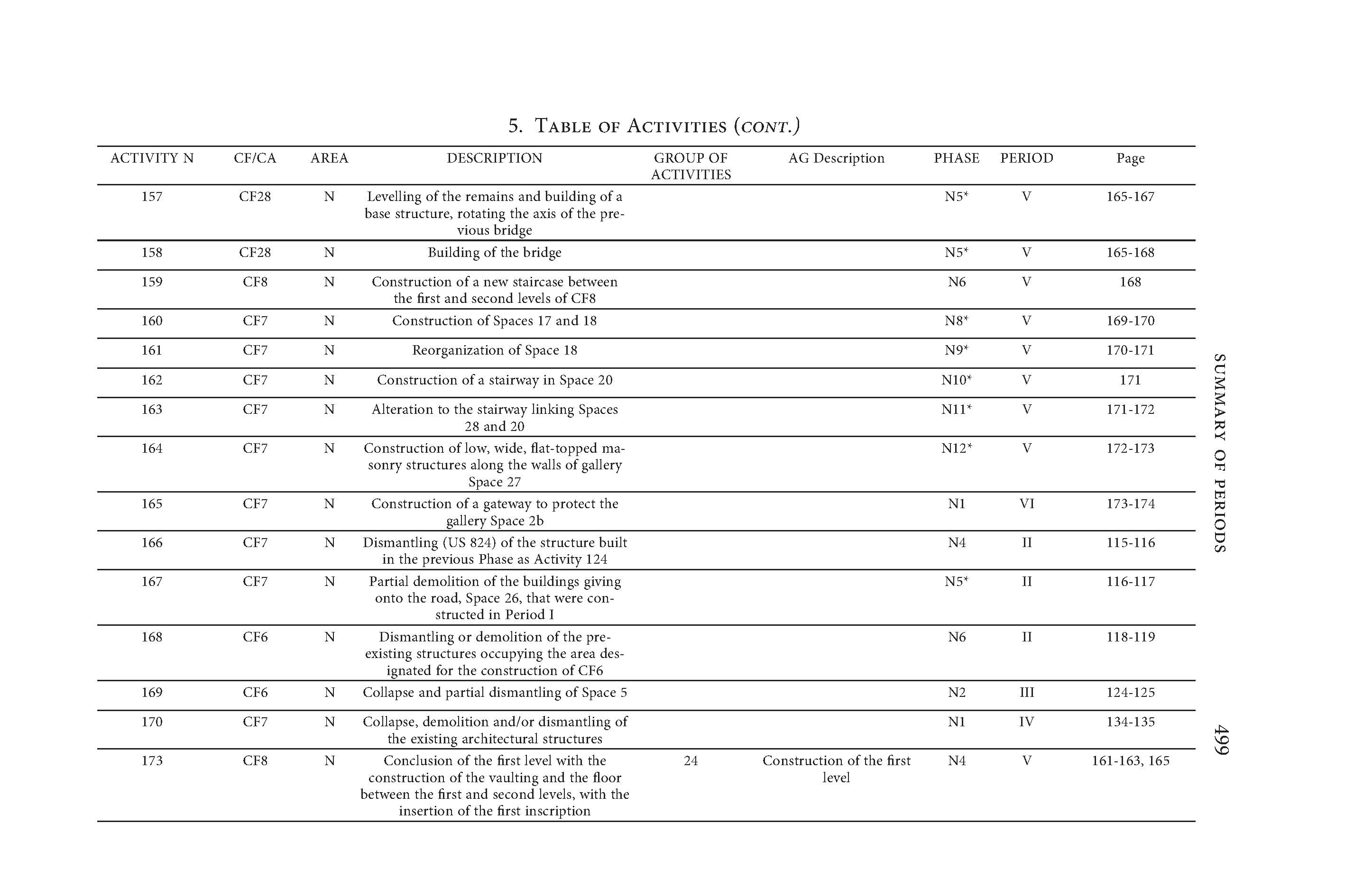Shaizar Citadel
 Shaizar Citadel - General View
Shaizar Citadel - General ViewFortresses d'Orient
| Transliterated Name | Source | Name |
|---|---|---|
| Shaizar | Arabic | شيزر |
| Shayzar | Arabic | شيزر |
| Saijar | Arabic | |
| Qal’at Shayzar | Arabic | |
| Larissa in Syria | Greek | Λάρισσα εν Συρία |
| Sidzara | Greek | |
| Sezer | Byzantine Greek | |
| Cesara | Latin | |
| Sizara | Latin | |
| Senzar, Sezar | Amarna Letters | |
| Caesarea | Crusader Latin |
- parsed from Wikipedia with fact checking from Kennedy in Tonghini and Montevecchi (2011:2-25)
- Shaizar Citadel from
Fortresses d'Orient

 Shaizar Citadel - General View
Shaizar Citadel - General View
Fortresses d'Orient - Shaizar Citadel from
Wikipedia
Kennedy, Hugh (1994) Crusader Castles, Cambridge University Press - can be borrowed with a free account from archive.org
Michaudel, B. (1997) Etude historique et architecturale de la citadelle de Shaizar, Master's Thesis, Universite Paris IV
Tonghini, Cristina et al. (2003) The Evolution of Masonry Technique in Islamic Military Architecture: the Evidence from Shayzar
, in: Levant 35 (2003), pp. 179-212
Tonghini, Cristina, Nadia MONTEVECCHI (2004 The castle of Shayzar: the results of recent archeological investigations
, in: N. Faucherre, J. Mesqui, N. Prouteau (eds), La fortification au temps des Croisades,
Rennes 2004, pp. 137-150
Tonghini, Cristina et al. (2005) Il castello musulmano di Shayzar, Siria: nuovi dati alla campagna 2004 di indagini archeologiche e analisi degli alzati
, in: Archeologia Medievale 32 (2005), pp. 209-234
Tonghini, Cristina The castle of Shayzar: the fortification of the access system
, in: H. Kennedy (ed.), Muslim Military Architecture in Greater Syria.
From the Coming of Islam to the Ottoman Period, (History of Warfare,
35) Leiden 2006, pp. 201-224
Tonghini, Cristina (2010) The Case of Shayzar: ‘Castle’ or Fortified Town?
in: P. Matthiae, L. Romani (eds), Proceedings of the 6th International Congress of the
Archaeology of the Ancient Near East, vol. III, Wiesbaden 2010, pp.
207-220
Nonni, Sara et al. (2013) 14C
Mortar Dating: The Case of the Medieval Shayzar Citadel, Syria,
in: Radiocarbon 55 , pp. 514-525






